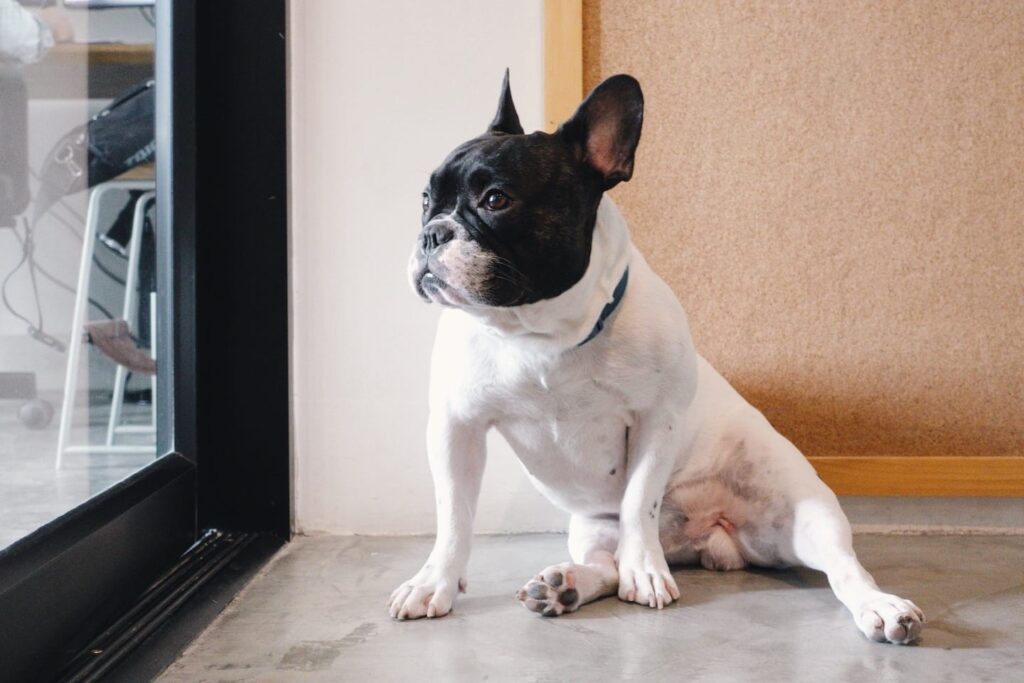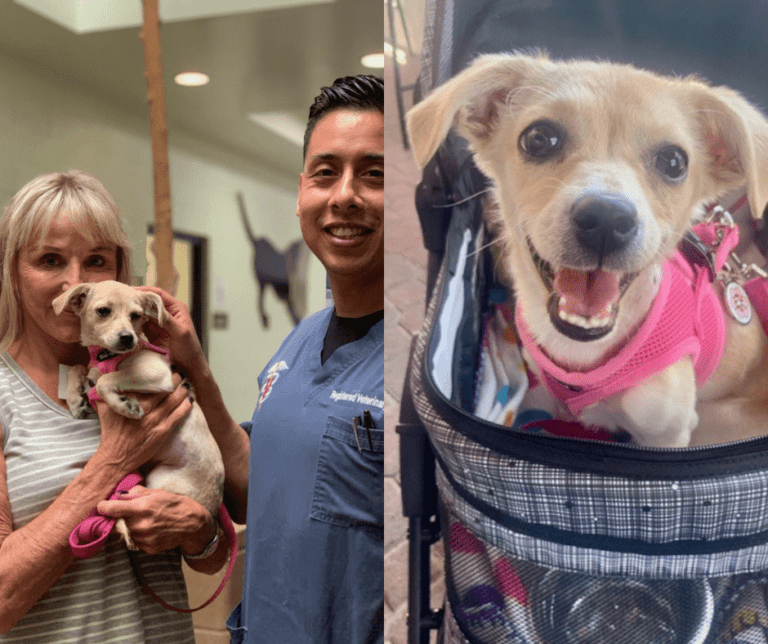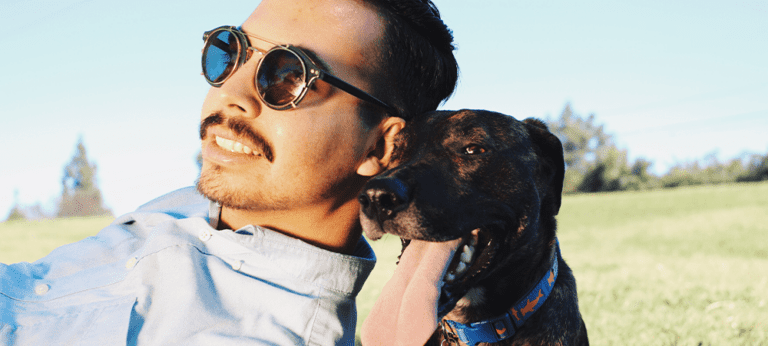Treating Separation Anxiety for Dogs


One of the Most Common Behavior Issues
Separation anxiety for dogs is no fun. Remember that nervous, uneasy feeling you got on the first day of school? The day was full of unknowns and that was the worst part – not knowing what to expect!
The same thing happens to dogs when their owners leave them home alone. The difference is anxiety for dogs can’t be comforted by a few calming words from an adult. Thus, you may have some additional unpleasant surprises for you when you get home, including shredded pillows, garbage on the floor and maybe the smell or telltale stains of accidents. It’s easy to get angry or think your dog is trying to make your life miserable, but that’s not the case. It’s more likely that your dog has separation anxiety – an anxiety disorder that can cause many dog behavior problems.
Separation anxiety in dogs is one of the most common behavior issues seen by trainers today. Luckily, we know a lot more now than we used to about how to treat anxiety for dogs, so you have a much better chance of coming home to a happy pooch and a clean house.
How Can I Tell if My Dog has Separation Anxiety?
Dog separation anxiety is usually diagnosed if your pup becomes extremely upset when you leave, or when you appear to be leaving; for example, by picking up your keys. These “exit cues” are an indication to him that you’re heading out the door, and some dogs will whine, pace, or bark. Other symptoms include:
Massive destruction (particularly scratches on the door), housebreaking mistakes, or neighbors complaining of howling and barking while you’re gone.
Ripping up or peeing on personal items like bedding, shoes, or clothing. The theory is that the dog is trying to reconnect to his or her owner through scent. It’s no fun to come home to, but at least you know your dog misses you.
If your dog does display these behaviors, it’s important to remember that they result from anxiety, not because your dog wants to drive you crazy, and that punishing your dog will only make the problem worse.
What Causes Separation Anxiety in Dogs?
Most researchers agree that separation anxiety in dogs is caused by a few different factors, one of which might be a strong genetic component — in other words, it’s not your fault! However, if your dog is “hyper-attached” to you, chances are greater that he or she will develop separation anxiety at some point.
In fact, dogs who live in households with single adults are 2.5 times more likely to have separation anxiety than dogs who live in households with more people. Most likely, dogs who have an intense bond with their owners are more disturbed when that bond is upset.
However, the good news is that researchers did not find that “spoiling activities” had an effect on dog separation anxiety one way or the other, so feel free to keep sleeping with your pooch and feeding him bacon. Other factors that play into separation anxiety include new ownership or a change in the household (like a new baby or moving) which can all trigger anxiety.
How Do I Fix It?
Separation anxiety is not an easy fix, and behaviorists generally will attack it with a three-pronged approach.
Make comings and goings no big deal. The best remedy for separation anxiety is to get your dog used to you leaving and coming back, over and over and over again. Initially, go through your cues of leaving (collect your purse, put on your coat) and then DON’T leave.
Then, start leaving for short periods of time at first, and gradually increase the time you’re gone until your dog realizes that you’re going to come back. Try to avoid becoming very excited either leaving or returning, because you are trying to keep your dog from becoming emotional. If you love that your dog goes crazy when you come home (and why wouldn’t you? Who else in your life does that?) try to remember that it’s making the separation anxiety worse.
A tired dog is a happy (and well behaved) dog. Get your dog out doing something (going to the dog park, running, games of fetch, even long walks) and he’ll be more settled around the house.
Additional Behavioral Resources
In addition, make sure your dog has plenty of things to keep him safely occupied while you are gone – like a Kong or other rugged chew toys, or bully sticks. Obedience training or agility training can also help your dog feel more in control and calm, and crate training, if started slowly, can provide a safe haven for your dog.
Puppy Prozac? Yes, it can help. Dog pheromones that mimic the smell of a mother dog can help reduce separation anxiety, as can Rescue Remedy, an over-the-counter calming supplement. Anti-depressants prescribed by your veterinarian (particularly Clomicalm) have been found to be extremely effective when used in conjunction with desensitization techniques.
Although it might feel strange to be picking up Prozac at your local pharmacy for your dog, many owners find that even a short time on an approved drug really can help. Contact your veterinarian to see if drug therapy is appropriate for your dog.
Know that Help is Available
If your dog does experience separation anxiety, know that help is available. Your veterinarian in particular should provide support and referrals to qualified trainers. Sometimes dogs with severe anxiety can make owners feel overwhelmed, but taking a step-by-step approach to treating it will pay off, so try and be patient.
Jaime Van Wye is the CEO and Lead Dog Trainer at Zoom Room, which offers classes in dog agility, obedience, puppy preschool, therapy dog, tricks training and a wide range of specialty classes such as Shy Dog for newly-adopted rescue dogs. Ms. Van Wye has trained dogs in search and rescue, bomb and drug detection, criminal apprehension and tracking. She is a Certified Master Dog Trainer, graduate of the North State K9 Academy and Professional Level Member of the International Association of Canine Professionals.



